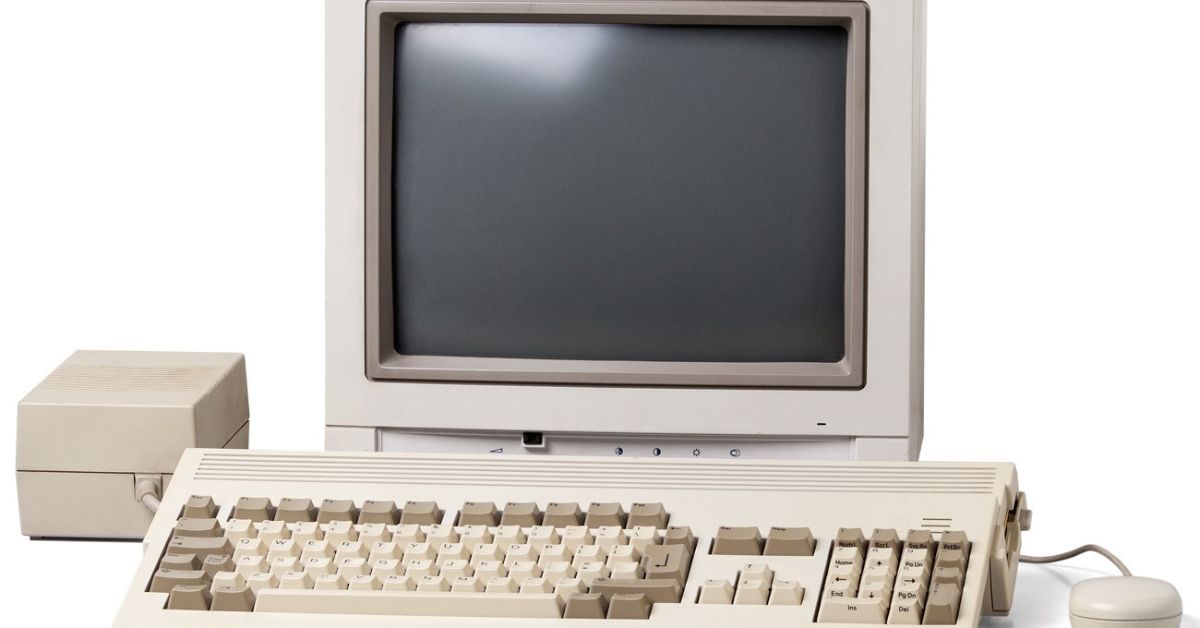Introduction
In the everevolving landscape of technology theres often intense focus on the latest and greatet innovations. However, amidst excitement of cutting edge advancement there exists a segment of users whose needs are often overlooked: those older hardware. In post delve into the importance of maintaining compatibility with older hardware and why its crucial for both users and developers alike.
Understanding the Significance of Compatibility
Compatibility with older hardware refers to ability of software or systems to function effectively on older devices or platforms. While it may seem like a minor concern in the face of rapid technological progress, it holds significant implications for various stakeholders.
Preserving Accessibility
One of the primary reasons for prioritizing compatibility isto ensure accessibility for all users, regardless of the age of their hardware. Many individuals, particularly in developing countries or underprivileged communities, may not have access to the latest devices due cost constraints. By accommodating older hardware, developers can extend the reach of their products and services fostering inclusivity and equal opportunity.
Extending Lifespan
Obsolete hardware doesnt necessarily equate obsolete functionality. Older devices can still serve a purpose, whether its for basic computing tasks educational endeavors or as backup systems. By designing software with compatibility in mind developers enable users to maximize the lifespan of their hardware, reducing electronic waste and promoting sustainability.
Cost-Effectiveness
For both individuals and organizations, upgrading to latest hardware can be a significant investment. By ensuring compatibility with older devices, developers alleviate the pressure to constantly upgrade, thereby reducing the financial burden on users. This approach fosters a more equitable digital ecosystem where access to technology isn’t contingent on financial means.
Preserving Cultural Heritage
In cases older hardware holds sentimental value represents a piece of technological history. Retro gaming consoles, vintage computers, and classic devices evoke nostalgia and serve as a testament to the evolution of technology. By supporting compatibility with such hardware, developers contribute to the preservation of cultural heritage and allow enthusiasts to continue enjoying beloved classics.
Challenges and Considerations
While the benefits of prioritizing compatibility are , it’s not without its challenges. Developers must navigate a myriad of technical constraints and considerations to ensure seamless integration with older hardware.
Performance Optimization
One of the primary concerns when designing for older hardware isperformance optimization. Older devices may lack the processing power, memory, or graphics capabilities of their modern counterparts, necessitating careful optimization of software to ensure smooth operation. This involve streamlining code, reducing resource-intensive features, or implementing alternative algorithms to maintain performance levels.
Legacy Support Burden
Supporting compatibility with older hardware comes with a maintenance burden for developers. As technology advances and new standards emerge, maintaining compatibility with outdated platforms becomes increasingly challenging. Developers must strike a balance between catering to legacy systems and embracing new technologies to avoid stagnation and ensure future scalability.
Compatibility Trade-Offs
In case prioritizing compatibility with older hardware require compromising on certain features or functionalities. Developers must weigh the benefits of inclusivity against the limitations imposed by outdated technology. This delicate balancing act requires careful consideration of user needs, market trends, and technological constraints.
Strategies for Ensuring Compatibility
Despite the challenges involved, there are several strategies that developers can employ to prioritize compatibility with older hardware effectively.
- Modular Design Approach
Adopting a modular design approach allows developers to decouple core functionalities from platform-specific dependencies. By abstracting hardware interactions into modular components, developers can easily swap out or upgrade individual modules to accommodate different hardware configurations without impacting overall system functionality.
- Progressive Enhancement
Progressive enhancement is a development strategy that focuses on delivering a basic user experience to all users while layering additional features and enhancements for those with more capable devices. By starting with a solid foundation that works across a wide range of hardware configurations, developers can then selectively enhance the experience for users with newer or more powerful devices.
- Performance Profiling and Optimization
Performance profiling involves analyzing the resource usage and performance characteristics of software across different hardware configurations. By identifying bottlenecks and optimizing critical paths, developers can improve the performance of their software on older hardware without sacrificing functionality or user experience.
- Community Engagement and Feedback
Engaging with the user community is essential for understanding their needs and pain points related to compatibility with older hardware. By soliciting feedback, conducting surveys, and actively participating in online forums and communities, developers can gain valuable insights that inform their compatibility strategy and roadmap.
Case Studies: Success Stories in Compatibility
Several notable examples illustrate the benefits of prioritizing compatibility with older hardware.
- Linux Kernel Development
The Linux kernel, the core component of the Linux operating system, is renowned for its robust support for a wide range of hardware architectures, including older legacy systems. The open-source nature of Linux facilitates community contributions and ensures ongoing maintenance and support for outdated hardware, making it an ideal platform for compatibility-conscious users.
- Mozilla Firefox Extended Support Release (ESR)
Mozilla Firefox, one of the most popular web browsers, offers an Extended Support Release (ESR) version specifically tailored for organizations and users who require long-term stability and compatibility. The ESR release cycle provides security updates and bug fixes for an extended period, allowing users with older hardware to continue using Firefox without worrying about compatibility issues.
- RetroArch Emulation Platform
RetroArch is a versatile emulation platform that enables users to emulate a wide variety of classic gaming consoles and systems on modern hardware. By supporting compatibility with older hardware, RetroArch allows enthusiasts to experience retro gaming classics on a diverse range of devices, from vintage PCs to handheld consoles.
Summary
In prioritizing compatibility with older hardware is not just a matter of convenience; it’s a testament to inclusivity, sustainability, and respect for technological heritage. By embracing compatibility as a guiding principle in software development, developers can empower users to make the most of their existing hardware investments, reduce electronic waste, and ensure equal access to technology for all. As we look to the future, let’s remember the importance of embracing our digital past while paving the way for a more compatible and inclusive future.




